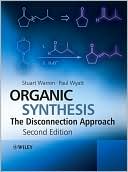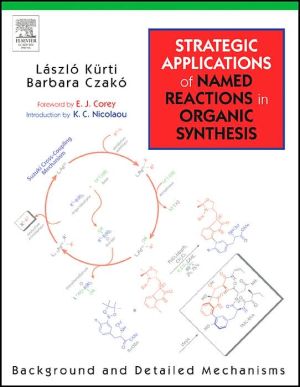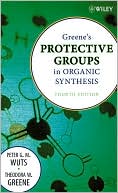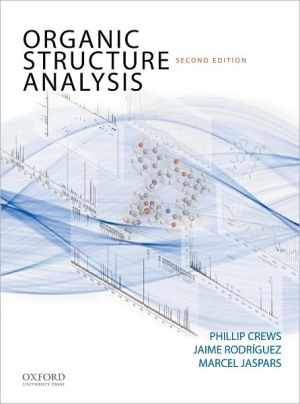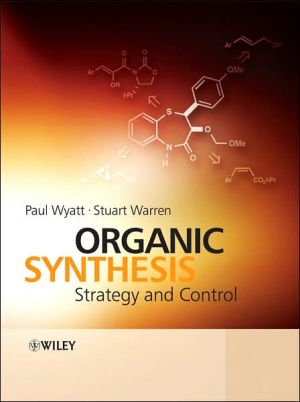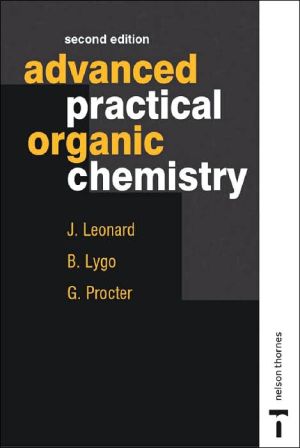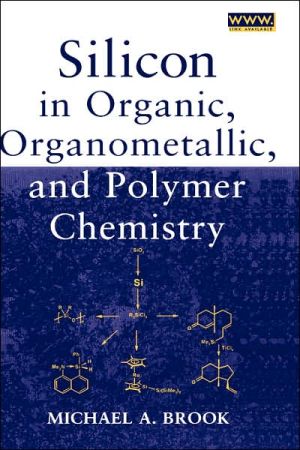Organic Synthesis: The Disconnection Approach
Search in google:
One approach to organic synthesis is retrosynthetic analysis. With this approach a chemist will start with the structure of their target molecule and progressively cut bonds to create simpler molecules. Reversing this process gives a synthetic route to the target molecule from simpler starting materials. This “disconnection” approach to synthesis is now a fundamental part of every organic synthesis course.Organic Synthesis: The Disconnection Approach, 2nd Edition introduces this important technique, to help students to design their own organic syntheses. There are forty chapters: those on the synthesis of given types of molecules alternate with strategy chapters in which the methods just learnt are placed in a wider context. The synthesis chapters cover many ways of making each type of molecule starting with simple aromatic and aliphatic compounds with one functional group and progressing to molecules with many functional groups. The strategy chapters cover questions of selectivity, protection, stereochemistry, and develop more advanced thinking via reagents specifically designed for difficult problems.Examples are drawn from pharmaceuticals, agrochemicals, natural products, pheromones, perfumery and flavouring compounds, dyestuffs, monomers, and intermediates used in more advanced synthetic work. Reasons for wishing to synthesise each compound are given.This second edition has been fully revised and updated with a modern look. Recent examples and techniques are included and illustrated additional material has been added to take the student to the level required by the sequel, “Organic Synthesis: Strategy andControl”. Several chapters contain extensive new material based on courses that the authors give to chemists in the pharmaceutical industry.Organic Synthesis: The Disconnection Approach, 2nd edition provides a full course in retrosynthetic analysis for chemistry and biochemistry students and a refresher for organic chemists working in industry and academia.
1 The Disconnection Approach2 Basic Principles: Synthons and Reagents Synthesis of Aromatic Compounds3 Strategy I: The Order of Events4 One-Group C-X Disconnections5 Strategy II: Chemoselectivity6 Two-Group C-X Disconnections7 Strategy III: Reversal of Polarity, Cyclisations, Summary of Strategy8 Amine Synthesis9 Strategy IV: Protecting Groups10 One Group C-C Disconnections I: Alcohols11 General Strategy A: Choosing a Disconnection12 Strategy V: Stereoselectivity A13 One Group C-C Disconnections II: Carbonyl Compounds14 Strategy VI: Regioselectivity15 Alkene Synthesis16 Strategy VII: Use of Acetylenes (Alkynes)17 Two-Group C-C Disconnections I: Diels-Alder Reactions18 Strategy VIII: Introduction to Carbonyl Condensations19 Two-Group C-C Disconnections II: 1,3-Difunctionalised Compounds20 Strategy IX: Control in Carbonyl Condensations21 Two-Group C-C Disconnections III: 1,5-Difunctionalised Compounds Conjugate (Michael) Addition and Robinson Annelation22 Strategy X: Aliphatic Nitro Compounds in Synthesis23 Two-Group Disconnections IV: 1,2-Difunctionalised Compounds24 Strategy XI: Radical Reactions in Synthesis25 Two-Group Disconnections V: 1,4-Difunctionalised Compounds26 Strategy XII: Reconnection27 Two-Group C-C Disconnections VI: 1,6-diCarbonyl Compounds28 General Strategy B: Strategy of Carbonyl Disconnections29 Strategy XIII: Introduction to Ring Synthesis: Saturated Heterocycles30 Three-Membered Rings31 Strategy XIV: Rearrangements in Synthesis32 Four-Membered Rings: Photochemistry inSynthesis33 Strategy XV: The Use of Ketenes in Synthesis34 Five-Membered Rings35 Strategy XVI: Pericyclic Reactions in Synthesis: Special Methods for Five-Membered Rings36 Six-Membered Rings37 General Strategy C: Strategy of Ring Synthesis38 Strategy XVII: Stereoselectivity B39 Aromatic Heterocycles40 General Strategy D: Advanced StrategyIndex
